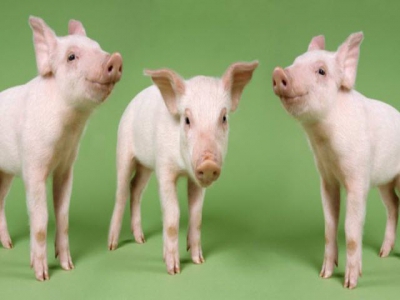Preweaning pig mortality called major production loss

As litter sizes have increased, so also have preweaning losses.
During the Gary Allee Symposium at the Midwest section meetings of the American Society of Animal Science and American Dairy Science Assn. in Omaha, Neb., Dr. Mike Ellis with the University of Illinois reported that preweaning mortality is the major production loss in the swine industry.
He noted that litter sizes are increasing (including both live piglets and stillborn), but preweaning losses have increased, too. Also, as litter sizes have increased, individual piglet birthweights have decreased. Ellis said low birthweight is a major predisposing factor for preweaning mortality, suggesting that efforts to reduce mortalities should mainly focus on the lightest 50% of piglets in a population.
In the U.S. and Canada, total losses before weaning are about 20% of total piglets born, Ellis said, noting that European media have done the math on piglet losses, which has created a negative political image for the European swine industry.
According to Ellis, more than 80% of preweaning piglet mortality can be classified as caused by either being crushed/laid on or starvation, and the majority of losses occur on days 1-2 after birth.
Ellis explained that preweaning mortality is a "complex, multifaceted problem" that requires a systems approach, including the role of facilities, genetics, nutrition, environment and management practices (people and animals). He said minimizing piglet body temperature decline after birth and encouraging early colostrum intake are critical.
As the swine industry seeks to increase sow productivity, Ellis said the number of piglets being born is approaching -- and, in some cases, exceeding -- the sow's rearing capacity.
There are options for the extra pigs, such as cross-fostering, nurse sows and "complimentary" rearing (automated milk replacer feeding stations), but there is not a "good literature base to understand the effects of these practices," Ellis said.
Related news
 African swine fever vaccine for wild boars in works
African swine fever vaccine for wild boars in works Study shows wild boars inoculated in lab produced antibodies against ASF virus and could pass on immunity via contact.
 Study confirms optimum calcium:phosphorus ratio for mid-weight pigs
Study confirms optimum calcium:phosphorus ratio for mid-weight pigs Excess calcium may be detrimental to growth performance of 50-85 kg pigs if dietary phosphorus concentration is at or below requirement.
 Study identifies key traits of swine veterinarians
Study identifies key traits of swine veterinarians Found to be of highest importance to swine producers in their veterinarians are honesty, accurate diagnoses and trustworthiness.